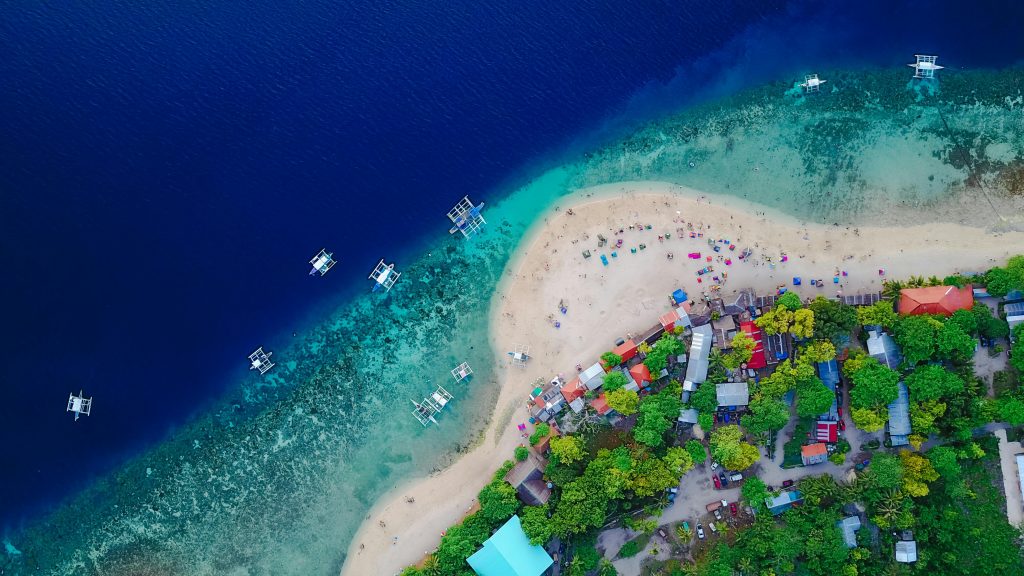Migration has shaped the Filipino experience for centuries. During Spanish and American colonial eras, Filipino students, pensionados, merchants, and laborers journeyed abroad. By the late 20th century, economic instability drove larger waves overseas as struggling Filipinos sought jobs elsewhere. This scattered populace has grown into one of the world’s most sprawling diasporas.
Challenges and Joys of Adapting to New Cultures
Over 2.2 million Filipinos reside in the U.S. adjusting to Western culture. Learning English aids their assimilation, though some elders rely on family to translate. Using a machine translator from English to Tagalog can also be a valuable tool for bridging language gaps, especially for elders who may not be fluent in English. Settlement poses difficulties like homesickness, discrimination, and minimal healthcare access as migrants work multiple jobs. Still, they form tight-knit communities clinging to familiar touchstones —shared meals of adobo and pansit, Catholic masses in Tagalog, and karaoke parties unite those far from home. Established families welcome new migrants like long-lost kin.
Embracing Challenge and Community Overseas
Settling into Western countries like the United States brings difficulties for emigrants alongside joys. Learning English aids assimilation while combating homesickness and discrimination. Using a machine translator from English to Tagalog (one good example is https://lingvanex.com/translation/english-to-tagalog) can also be a valuable tool for bridging language gaps, especially for elders who may not be fluent in English. Automated translation allows them to access news and information in Tagalog, as well as communicate with English speakers. Still, familiar cultural mainstays unite Filipinos in creating vibrant “Little Manilas” abroad— whether sharing home-cooked feasts, attending Catholic mass in Tagalog, or belting favorite ballads at karaoke parties. New migrants find ready-made communities and support through these cultural touchpoints.
Vital Economic Contributions
Countries like the U.S., Saudi Arabia, and UAE rely heavily on Filipino migrants concentrated in healthcare, domestic service, retail, and hospitality fields. Almost one quarter of all immigrant nurses in America hail from the Philippines. These workers support families through remittances sent back home. In fact, remittances account for over 10% of the Philippines’ GDP, enabling education, entrepreneurship, and real estate development. Hence the moniker “modern-day heroes” for the diaspora’s financial sacrifices.

Preserving and Spreading Filipino Culture
Beyond dollars, Filipino emigrants also export and sustain cultural heritage abroad through food, festivals, and family traditions. Second-generation kids may grow up in Canada yet know how to make lumpiang shanghai spring rolls. Halo-halo shops proliferate in California while ube purple yam flavors everything from pastries to vodka cocktails in global foodie havens. Even non-Filipinos abroad join Pistang Pilipino festivals celebrating San Juan feast days with street dancing. This ever-expanding diaspora seeds and nourishes Filipino culture worldwide.
Enduring Ties to Home
Despite the geographic separation, overseas Filipinos nurture enduring ties with relatives, friends, and hometowns back home. Tools like https://lingvanex.com help Filipinos abroad stay connected with loved ones by bridging language barriers. Retirees return to operate businesses while balikbayan box programs ship cherished goods to the Philippines. One initiative dubbed “Juan for All, All for Juan” unites diaspora efforts supporting disaster relief, school repairs and medical missions providing free care targeting underserved communities. Through remittances as well as hands-on outreach, Filipinos abroad uplift compatriots at home.
The far-flung children of the Pearl of the Orient Seas build new lives abroad while strengthening the motherland that shaped their identities. Through cuisine, faith, financial aid, and lasting familial bonds, Filipino migrants bring portions of home along while enriching adopted countries. The diaspora remains integral to the tapestry of Filipino culture.
